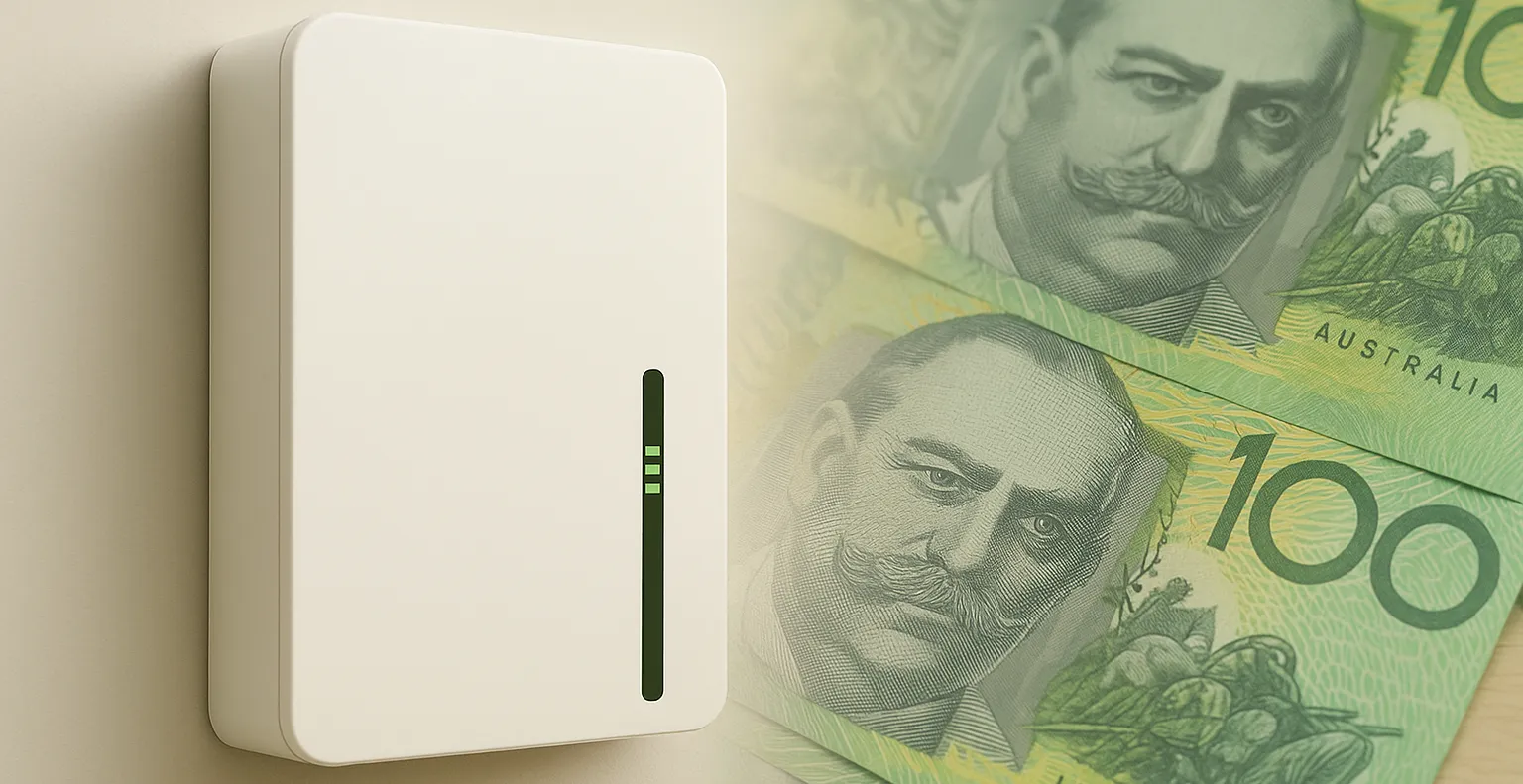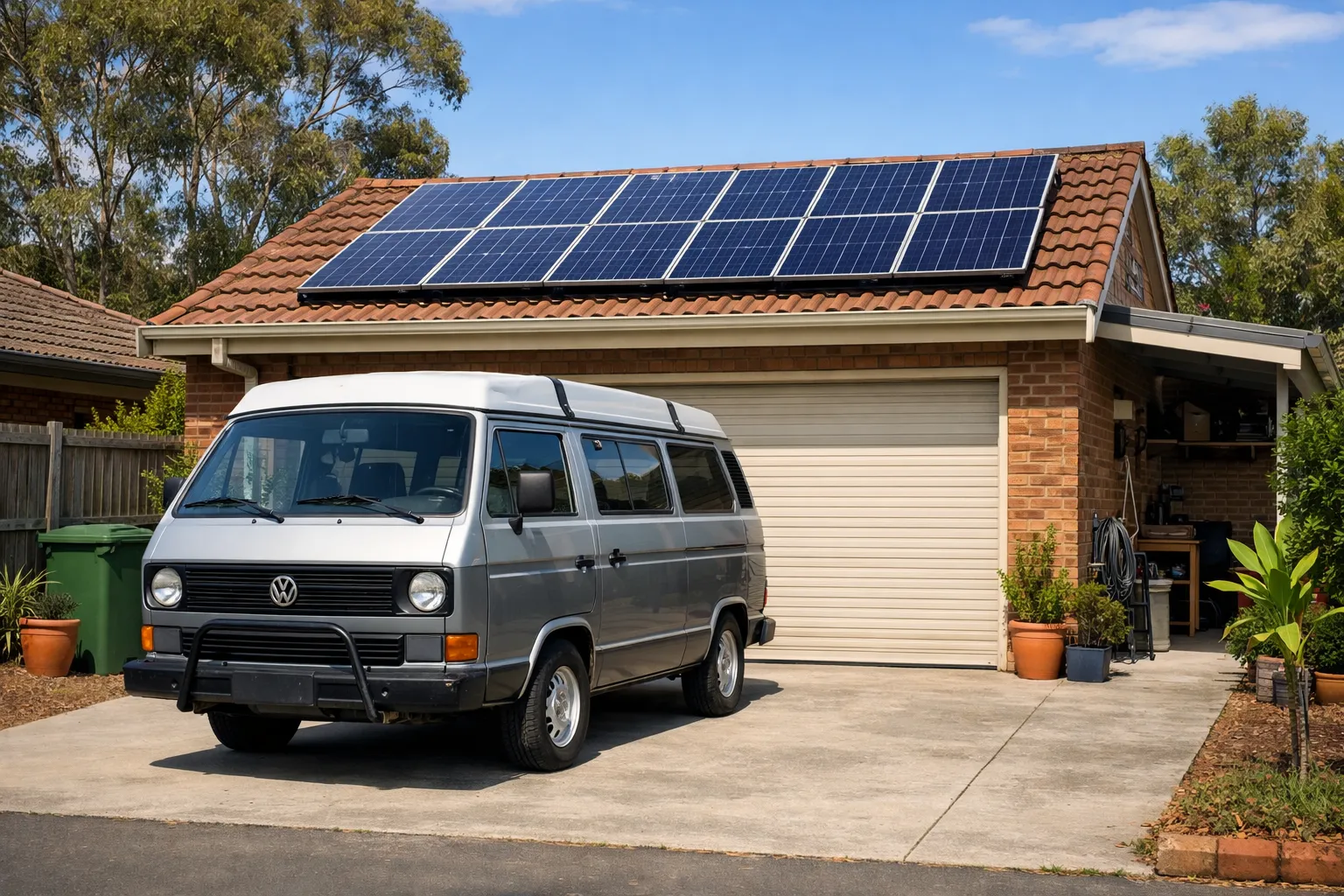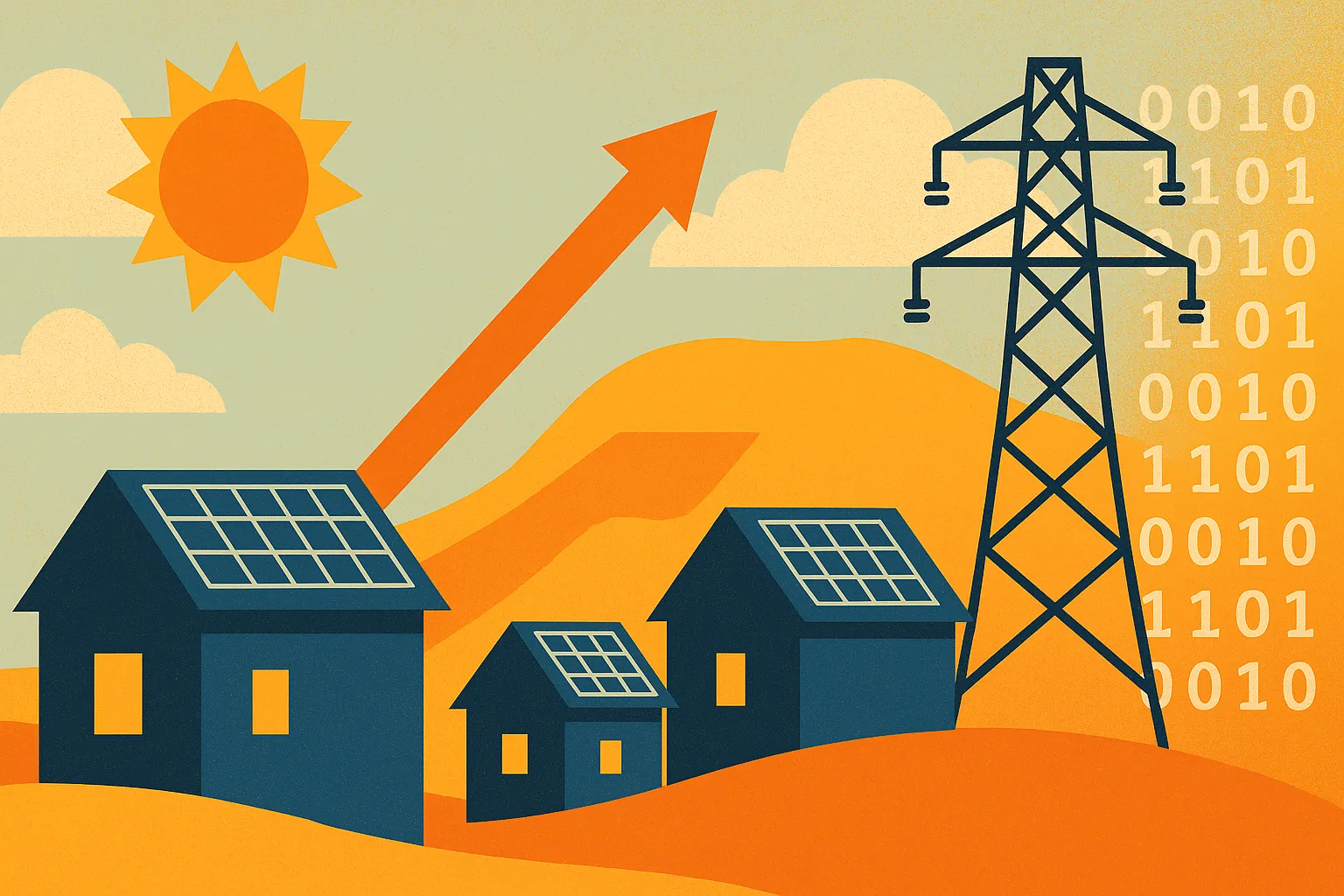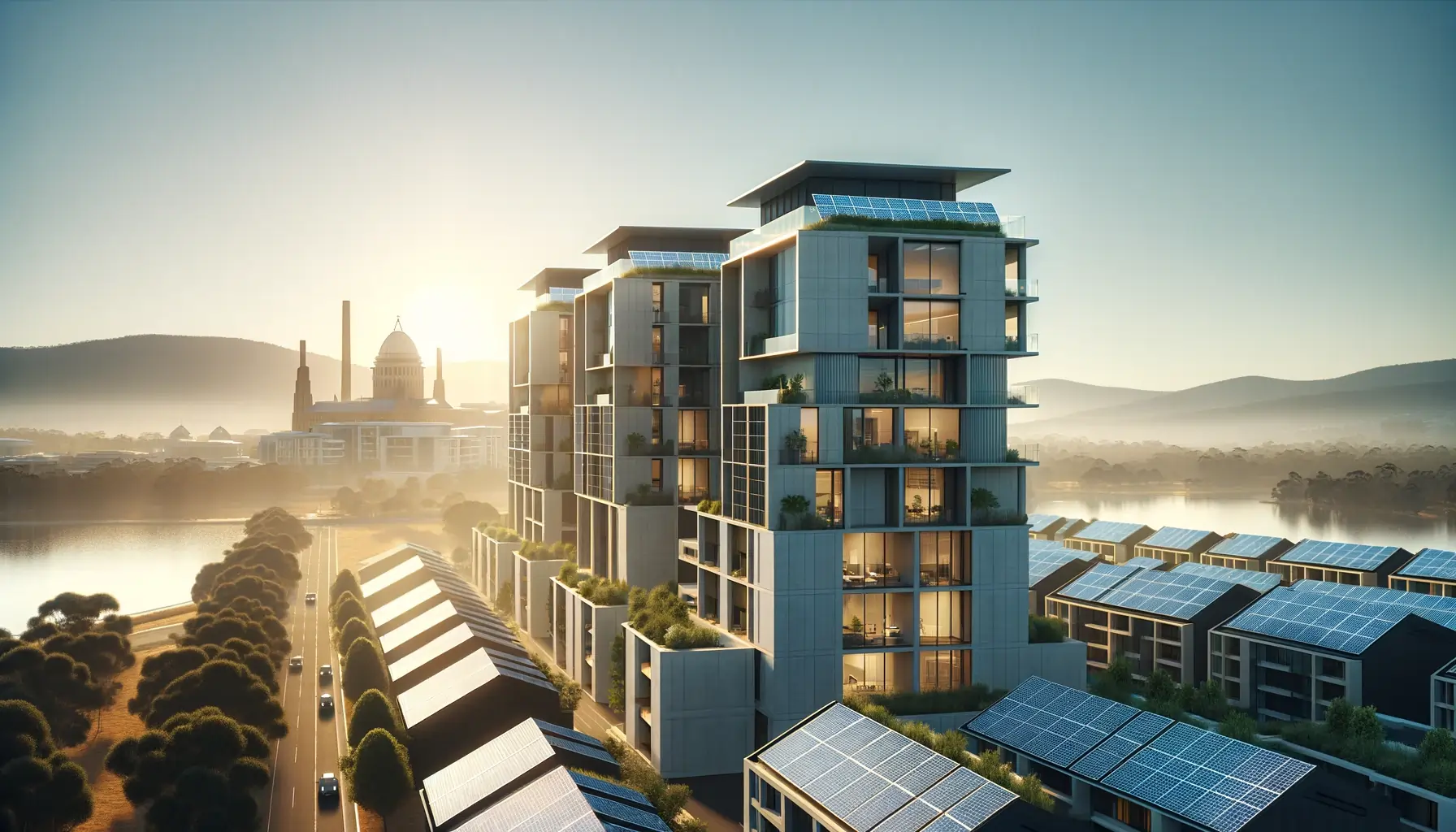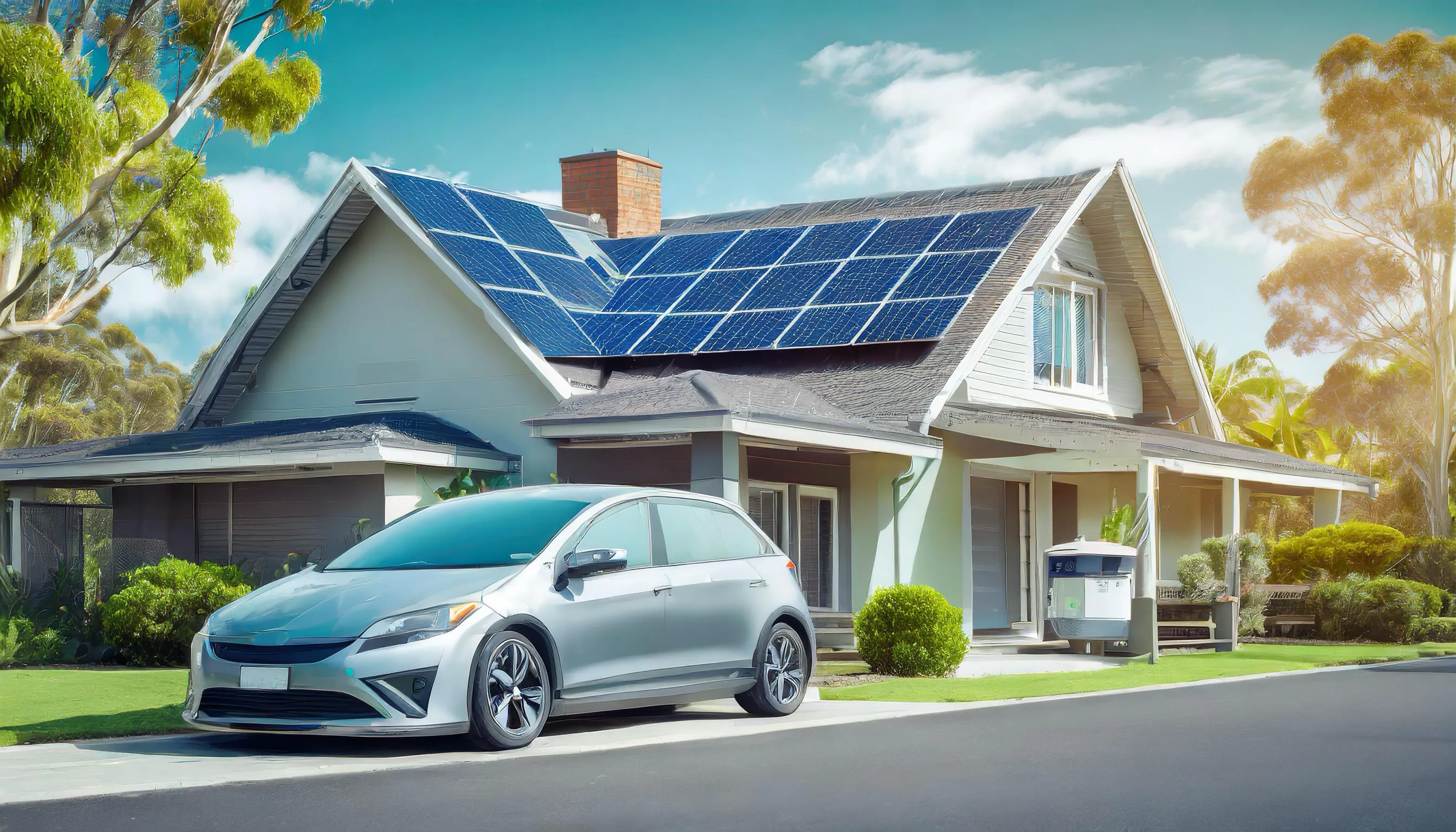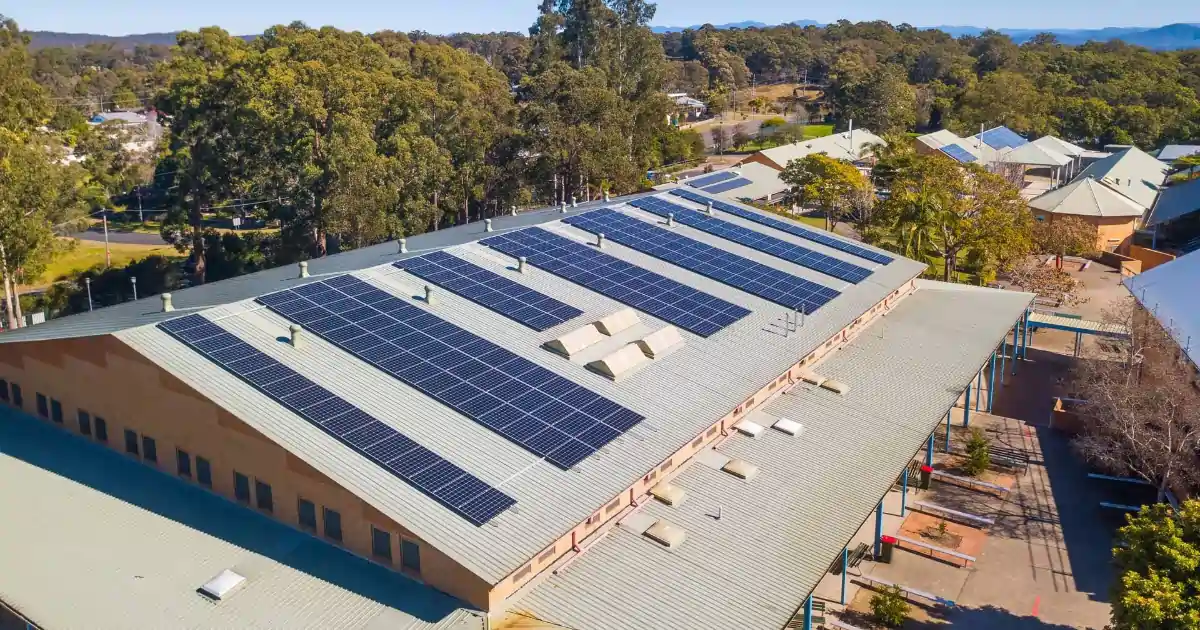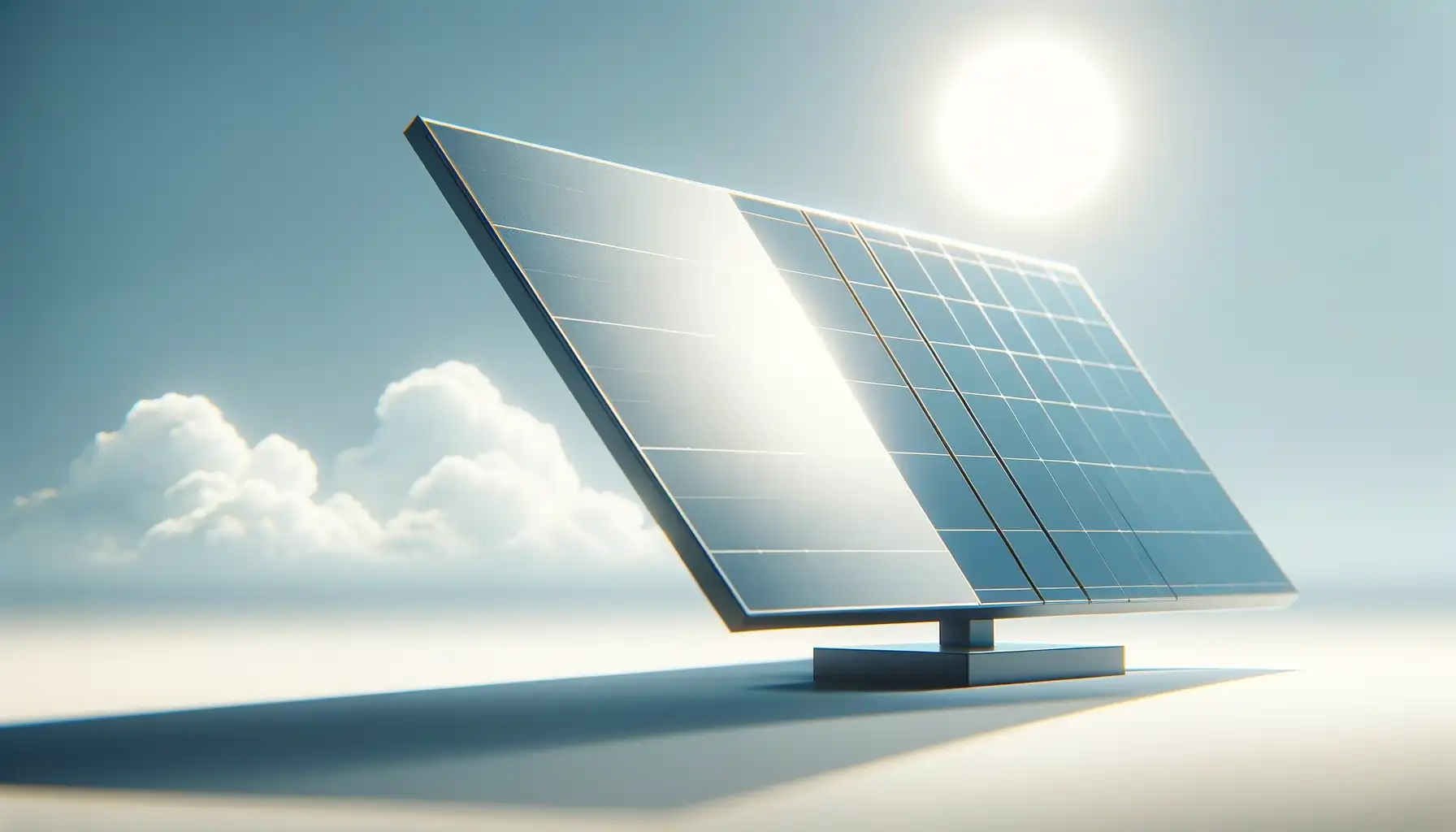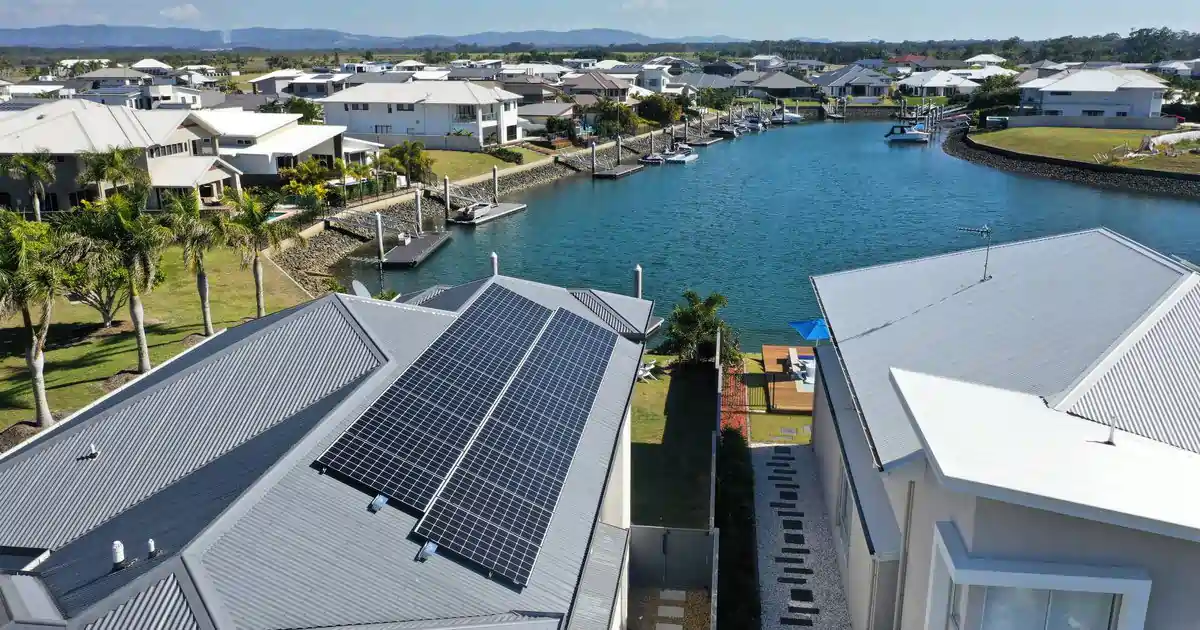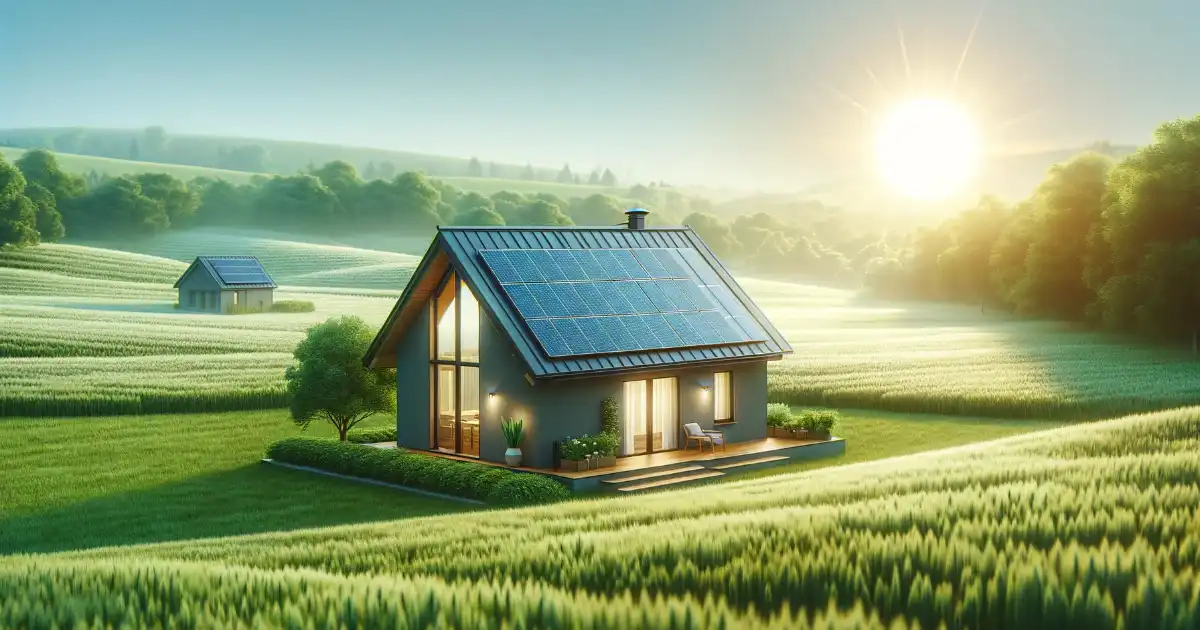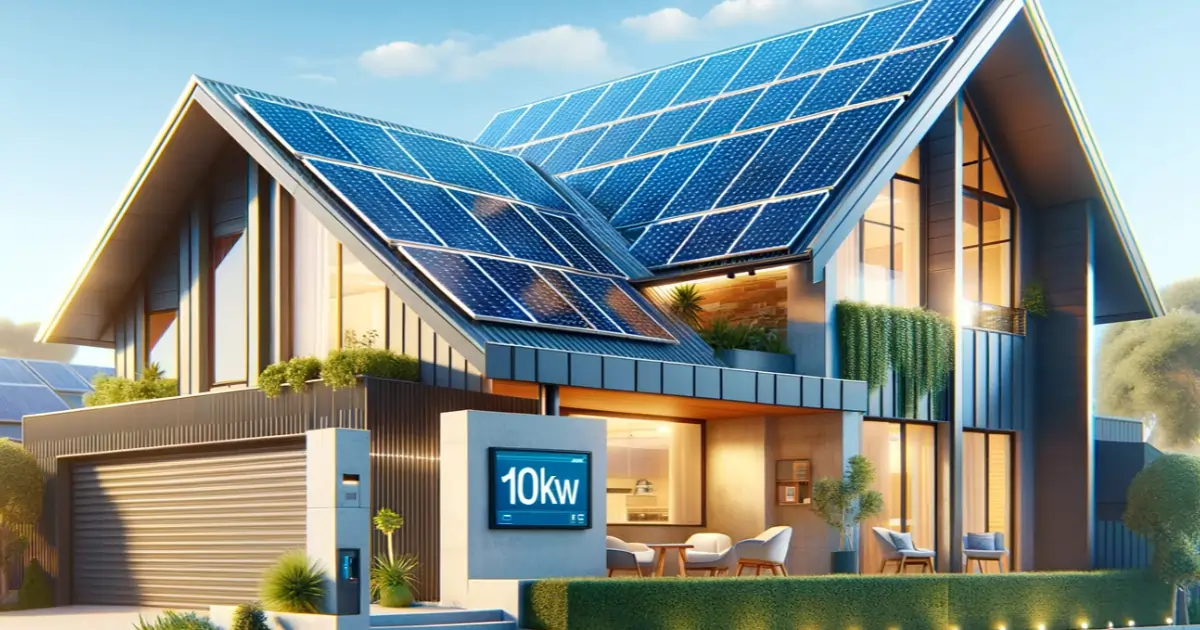Articles Tagged with: Solar Power Systems
Supercharged Solar for Renters: Queensland’s new solar rebate
There’s a particular flavour of pain reserved for renters (yes thats me: $400pw for a garage) who cop the full electricity bill, while staring at a perfectly good roof they’re not allowed to touch.
One quiet change is about to let you export much more solar
Australia’s rooftops are already the world’s densest source of solar power, but a quiet change in the rules could transform how much energy households can send back to the grid. A new smart inverter communication standard will replace rigid export limits with dynamic, real-time control, allowing homes to share far more of their excess solar. The result: more efficient use of the grid, fewer wasted sunny days, and lower power costs as solar exports expand.
Don’t Set and Forget Your Solar
If you’ve put solar on the roof and mentally filed it under “job done”, here’s the uncomfortable truth: neglect can be expensive—and sometimes flammable. According to Energy Safe Victoria (ESV), more than 50 rooftop house fires in the past year were linked to solar systems that had never been serviced. The good news? Those fires were avoidable with routine maintenance.
Hybrid Solar Power Systems: A Basic Explainer
Hybrid solar power systems are becoming increasingly popular in Australia, providing a versatile solution that combines the benefits of both grid-connected and off-grid solar systems. As the demand for renewable energy grows, understanding the intricacies of hybrid systems can help homeowners make informed decisions. This article will explore what hybrid solar systems are, how they work, their components, advantages and disadvantages, and their costs, potential savings, and payback times.
ACT’s New Solar Initiative: Empowering Apartment Residents with Renewable Energy
The Australian Capital Territory (ACT) has launched an ambitious $3.6 million initiative, "Solar for Apartments," that targets one of the more challenging sectors of the housing market in terms of renewable energy adoption—apartment complexes. This initiative represents a strategic collaboration between the Australian and ACT governments, marking a significant step towards sustainable urban living.
What Can a 6.6kW Solar Power System Run?
A 6.6kW home solar power system stands as a significant investment for Australian households. Understanding what such a system can power, its output potential, and the technicalities involved is crucial for anyone considering solar energy.
31.6kW Commercial Solar in Bungendore NSW
South Coast Energy recently completed the installation on an extra 21.6kW of solar capacity at Bungendore Rural Services at 114 Molonglo St, Bungendore NSW 2621 for our friends at Choice Energy.
90kW Solar Power at Melville High School in Kempsey NSW
Coffs Solar Energy has yet again demonstrated their proficiency in large-scale solar installation on the NSW Mid North Coast, as evidenced by the successful completion of a 90kW commercial solar power system at Melville High School in Nicholson St, Kempsey NSW.
The benefits of adding solar panels to your investment property
Are you an Australian property owner leasing a space? Are you wondering how much it is worth to install solar panels? In one word: very. Not only are these systems claimable at EOFY, but they can reduce your costs in the long term.
Understanding Solar Panel Efficiency: How It Affects Your Home Solar System
Solar panel efficiency refers to the percentage of sunlight converted into usable electrical energy by a solar panel. It measures how well a solar panel can convert sunlight into electricity.
Hybrid Solar Power Systems
Are you excited about the prospect of generating your own electricity with a modern solar power system? Do you have a b aversion to the outdated, fossil fuel-dependent power companies? Have you ever thought, "Wouldn't it be fantastic if I could generate electricity from solar panels during the day and store it in batteries for use at night?" If so, you're not alone—this idea is both logical and practical. However, due to current energy storage technology and costs, going completely off-grid might not be the most economical solution for everyone just yet.
5kW Solar Power Systems
To power an average Australian family home, a 5kW solar power system is considered a sizable and efficient option, providing ample electricity. If you find that a 5kW solar system is insufficient for your household needs, it's possible that your home is consuming electricity well above the Australian average kWh domestic consumption rate. In such cases, you may need to consider energy-efficient measures or upgrading to a larger solar system to cater to your high energy consumption.
Purchasing Your Solar PV System
With over one million Australian homes now harnessing the power of rooftop solar photovoltaic (PV) systems, generating clean electricity has never been more accessible. If you're considering joining the solar movement, there are several crucial factors to weigh before making your investment. Here’s an updated and detailed guide to help you navigate the process of purchasing and installing a solar PV system for your home.
3kW Solar Power Systems
Once the crown jewel of residential solar setups, the humble 3kW solar system has seen its popularity wane in recent years. With the plummeting cost of solar panels and the rising energy demands of Australian homes, many people are now going for larger systems, typically 6.6kW or even 10kW. But does that mean 3kW solar is no longer relevant?.
2kW Solar Power Systems
As the solar energy landscape evolves, the role and relevance of 2kW solar power systems have shifted. Once a standard choice for an average Australian home, these systems are now more commonly used for specific smaller-scale applications.
10kW Solar Power Systems
A 10kW solar power system is an extensive capacity system for most Australian homes. Installation of such a system requires a significant area of roof space to accommodate the solar panels and entails substantial savings in electricity bills. Therefore, if you have a spacious roof area and want to reduce your electricity expenses, a 10kW solar power system might be the optimal solution for you.
1.5kW Solar Power Systems
In Australia between roughly 2010 and mid-2013 1.5kW solar power systems were prevalent, these days the 3.5kW system has become more frequently installed.
Grid Connect Solar Power Systems
Solar power is fast gaining popularity in Australia and has become more accessible and affordable in recent years, with many homeowners and businesses choosing to install a grid-connected solar power system. This article will discuss the basics of a grid connect solar power system, including how they work, the components involved, and the benefits they offer.
